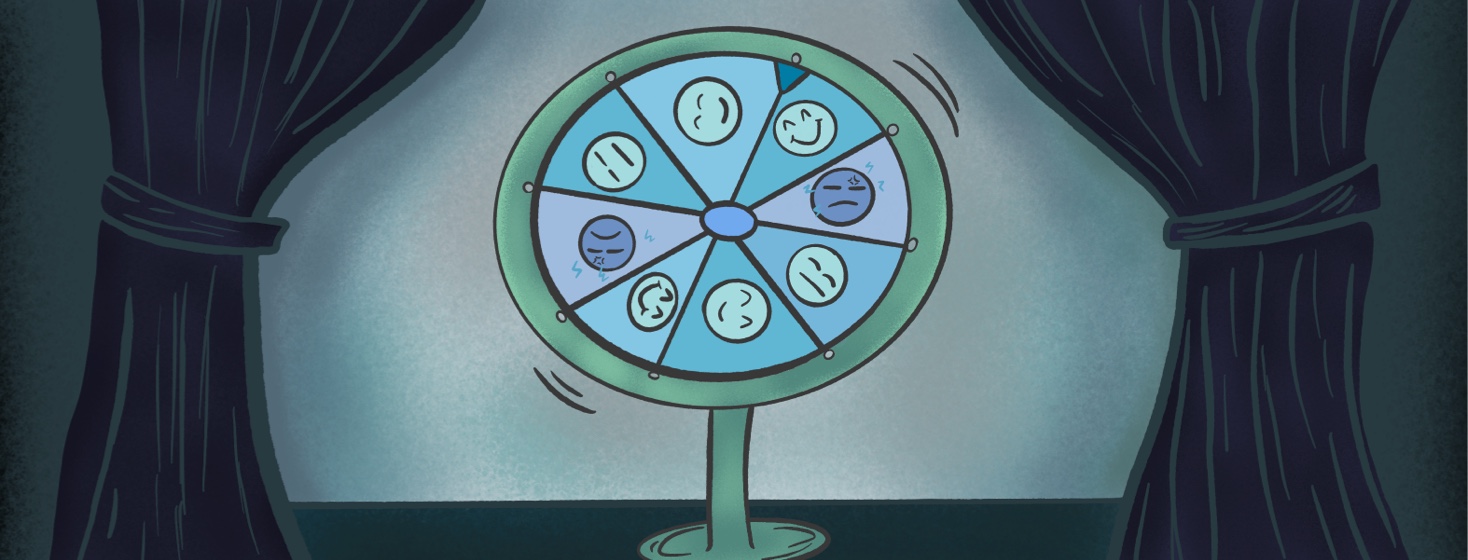Can Dravet Syndrome Affect Facial Features?
Reviewed by: HU Medical Review Board | Last reviewed: April 2023 | Last updated: September 2023
Dravet syndrome is a rare form of epilepsy that starts in infancy. It is also called severe myoclonic epilepsy of infancy (SMEI). Seizures can be life-threatening and hard to treat. Dravet syndrome is usually caused by a mutation (change) in the SCN1A gene.1
An unresolved question about Dravet syndrome is its link to facial features. Doctors and caregivers have observed similar facial features among children with Dravet syndrome. However, there is no research to show this link. Facial features cannot be used to help diagnose Dravet syndrome.2
Featured Forum
View all responsesWhat are the most common symptoms of Dravet syndrome?
Children with Dravet syndrome start to have seizures before 15 months of age. The first seizures usually:3,4
- Occur with a fever (febrile seizures)
- Involve convulsive movements or shaking of the whole body (tonic-clonic seizures)
- Affect only one side of the body (hemiclonic seizures)
- Are long and happen in clusters
Once a child with Dravet syndrome reaches 12 months old, they may have other types of seizures. These seizures can greatly vary. Seizures that last longer than 5 minutes are common before 5 years old. This is called status epilepticus. It requires emergency medical care.3,4
Like other types of epilepsy, Dravet syndrome includes symptoms other than seizures. Other common symptoms of Dravet syndrome include:3,4
- Behavioral and developmental delays
- Movement and balance issues
- Growth and nutrition issues
- Sleeping problems
- Features of autism spectrum disorder
Do children with Dravet syndrome have unique facial features?
Doctors and caregivers have noticed that children with Dravet syndrome have similar facial features. Case studies of children with Dravet syndrome have described facial features that may be linked to the condition. These include:2,5,6
- Small, upturned, or bulbous nose
- Wide bridge of the nose
- Bow-shaped mouth and thin upper lip
- Smooth, long space between the nose and upper lip
- Down-slanting space between the eyelids
- Low-set ears
- Broad forehead
- Low muscle tone in the face
However, there is no evidence that these features are linked to Dravet syndrome. In one study, doctors compared facial features of children with Dravet syndrome and their siblings without Dravet syndrome. Doctors used photos to make measurements of the face, eyes, nose, and mouth. None of the measurements were notably different for children with Dravet syndrome.2
This study was small and was done in 2011. No more recent or larger studies have been done on facial features in Dravet syndrome. We need more research to understand any possible link.2
Do children with Dravet syndrome have certain teeth features?
Doctors and caregivers have also noticed certain teeth features in children with Dravet syndrome. There is no research showing a link between Dravet syndrome and teeth features. However, teeth features that have been reported as possible symptoms include:7,8
- Getting teeth slightly late
- Smaller teeth
- Teeth with a different shape
- Teeth grinding
Many types of epilepsy can affect teeth and oral health. Seizures increase the risk of dental injuries. This includes tongue and cheek biting, cracked teeth, missing teeth, and bleeding gums. Issues with motor skills and coordination may also make brushing teeth harder.7,8
Talk to your doctor and dentist about ways to maintain good oral health. This includes proper oral hygiene and nutrition. It may also include wearing a mouth guard. Ask them what to do if a dental injury happens during a seizure.7,8
Can facial or teeth features be used to diagnose Dravet syndrome?
Facial or teeth features cannot be used to diagnose Dravet syndrome. There is not enough research to know whether these features are linked to Dravet syndrome. Doctors diagnose Dravet syndrome based on seizure characteristics. Genetic testing may confirm the diagnosis.2

Join the conversation